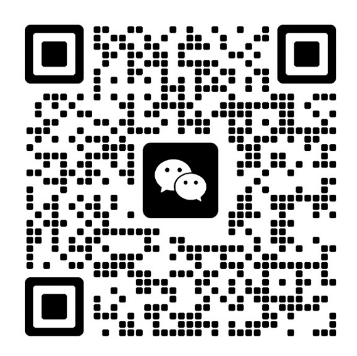自考英美文学选读名词解释十一
编辑整理:浙江自考网 发表时间:2018-05-23 【大 中 小】
151. Magie realism(魔幻现实主义)
It is a kind of modern fiction in which fabulous and fantastical events are included in a narrative that otherwise maintains the “reliable” tone of objective realistic report. the term has been extended to works from very different cultures, designating a tendency of the modern novel to reach beyond the confines of realism and draw upon the energies of fable, folktale and myth while retaining a strong contemporary social relevance.
152. Analogy(类比)
(a figure of speech) A comparison made between tow things to show the similarities between them. Analogies are often used for illustration or for argument.
153. Anapest(抑抑扬格)
It‘s made up of two unstressed and one stressed syllables, with the two unstressed ones in front.
154. Antagonist(次要人物)
A person or force opposing the protagonist in a narrative; a rival of the hero or heroine.
155. Antithesis(对立)
(a figure of speech) The balancing of two contrasting ideas, words phrases, or sentences. An antithesis is often expressed in a balanced sentence, that is, a sentence in which identical or similar grammatical structure is used to express contrasting ideas.
156. Aphorism(格言)
A concise, pointed statement expressing a wise or clever observation about life.
157. Apostrophe(顿呼法)
A figure of speech in which an absent or a dead person, an abstract quality, or something nonhuman is addressed directly.
158. Argument(论据)
A form of discourse in which reason is used to influence or change people‘s idea or actions. Writers practice argument most often when writing nonfiction, particularly essays or speeches.
159. Autobiography(自传)
A person‘s account of his or her own life. An autobiography is generally written in narrative form and includes some introspection.
160. Ballad stanza(歌谣段)
A type of four-line stanza. The first and third lines have four stressed words or syllables; the second and fourth lines have three stresses. Ballad meter is usually iambic. The number of unstressed syllables in each line may vary. The second and fourth lines rhyme.
161. Biography(传记)
A detailed account of a person‘s life written by another person.
162. Caesura(诗间休止)
A break or pause in a line of poetry.
163. Caricature(漫画)
The use of exaggeration or distortion to make a figure appear comic or ridiculous. A physical characteristic, an eccentricity, a personality trait, or an act may be exaggerated.
164. Character(人物)
In appreciating a short story, characters are an indispensable element. Characters are the persons presented in a dramatic or narrative work. Forst spanides characters into two types: flat character, which is presented without much inspanidualizing detail; and round character, which is complex in temperament and motivation and is represented with subtle particularity.
165. Characterization(性格描绘)
The means by which a writer reveals that personality.
浙江自考网微信交流群











